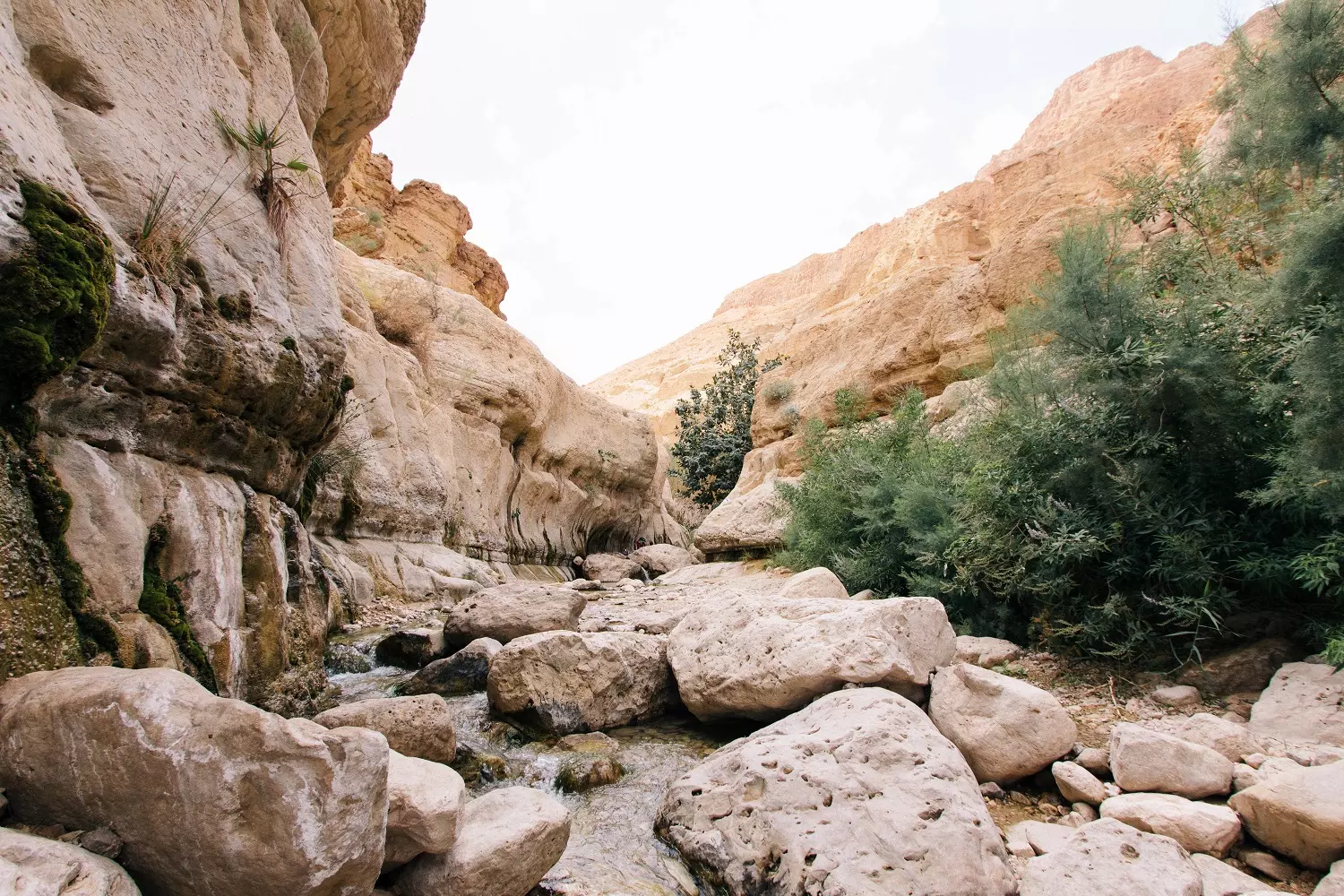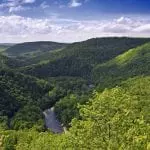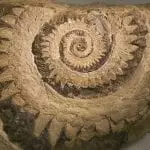[Originally published as Can Rocks Talk?]
There are several incidents in the Bible where there are references to rocks being able speak. The first takes place in the book of Joshua. Joshua was at the end of his ministry as the leader of the children of Israel. He decides to renew the Covenant promises of God. He warns them about serving other gods, deities they have worshiped beyond the Nile River when they were slaves in Egypt, Josh. 24:14. He challenges them to make a choice concerning who they will serve, and then he tells them his own choice concerning this matter.
But as for me and my household, we will serve the Lord, Joshua 24:15b
As the people promise fidelity to the Lord their God, they recount the Exodus and the faithfulness of the Lord to them during their wilderness wanderings. It is here that Joshua tells them that they have witnessed against themselves by proclaiming,
“We will serve the LORD our God and obey Him,” Josh. 24:21
Joshua confirms this as a covenant between them and the Lord there at Shechem and then does the following.
Then Joshua wrote these words in the Book of the Law of God. And he took a large stone, and set it up there under the oak that was by the sanctuary of the Lord. And Joshua said to all the people, “Behold, this stone shall be a witness to us, for it has heard all the words of the Lord which He spoke to us. It shall therefore be a witness to you, lest you deny your God.” So Joshua let the people depart, each to his own inheritance, Josh. 24:26-28
One might assume that Joshua was using the physical stone as a reminder of the covenant promise the children of Israel had made that day at Shechem. But the wording of his statement indicates something more than just a physical marker of that meeting. Joshua said that the “stone’ heard all the words of the Lord which He spoke to us. The stone would act as a witness indicating something more than just symbolism is involved in this interaction.
Then we have a New Testament scene from the gospel accounts that takes place during the preparation for the Passover. The Lord had sent two of His disciples to fetch a colt (an as yet unbroken) young donkey for Him. The Lord Jesus was getting ready to fulfill a prophecy that was central to His first advent. This was going to be the last Passover He would celebrate with His beloved disciples prior to His death. He tells them he had, “eagerly desired to eat this Passover with you,” Luke 22:15-16.
The children of Israel were about to choose their Lamb to be their Passover. It was the 10th day of Nisan, 32 AD, the date designated for the choosing of the Passover. They were to choose a lamb without spot or blemish, in the prime of its life, Exodus 12:5. They were to choose it on the 10th day, and keep and observe it until the 14th day of Nisan. On the eve of the 14th day of Nisan the families were to “kill the Passover,” Exodus 12:21.
Our Messiah fulfilled this sacrifice on our behalf, 1 Corinthians 5:7. He would ride that unbroken donkey through the Eastern Gate approaching the Temple Mount in Jerusalem, thereby fulfilling the prophecy in Zechariah 9:9; John 12:14. This was what has come to be known as Palm Sunday as the Messiah made His triumphal entry into Jerusalem. As the Messiah entered through the gate, the people jubilantly proclaimed Him as their King. This was the culmination of the Messiah’s three-year ministry. A legacy of healings, miracles and the resurrection of Lazarus had raised the messianic zeal and the people were certain that Jesus of Nazareth was the Messiah, the Holy One of Israel.
This display infuriated the leaders of Israel as they saw the adoring crowds praising God and shouting, “Blessed is he who comes in the name of the Lord!” “Blessed is the King of Israel!” John 12:13 This offended some of the Pharisees so they said to Jesus, “Teacher, rebuke your disciples,” Luke 19:39. It is here that the Messiah replies.
“I tell you,” he replied, “if they keep quiet, the stones will cry out,” Luke 19:40
We have these two biblical examples of what can be characterized as an unusual way of recording or generating sound. Can it be possible that inanimate objects can become recording devices that, if God desires it, can be used as a witness to special events?
We learn about personification and anthropomorphism in school. We see these literary techniques used in the Word of God such as this verse from the prophet Isaiah, “You will go out in joy and be led forth in peace; the mountains and hills will burst into song before you, and all the trees of the field will clap their hands,” Is. 55:12.
While I understand the symbolism involved in Isaiah, I will admit that we worship a supernatural God. Paul tells us that the creation “groans,” Rom. 8:22, awaiting the Second Coming of the Messiah and the redemption that will occur when He returns.
These examples are supernatural in nature, but God’s creation speaks to us in other ways. Evolution tells us about millions and millions of years, but what do the rocks tell us about this time frame? We are offering a great resource that explains how the geological evidence teaches us lessons about the creation.
Footprints in the Ashes by John Morris provides a fascinating pictorial review of the 1980 volcanic eruption that shocked the world. Observe how God’s creation adapted to this natural disaster through a recovered ecosystem and discover proper insight on the subject of death and suffering in the aftermath of the Mount St. Helen’s eruption.







